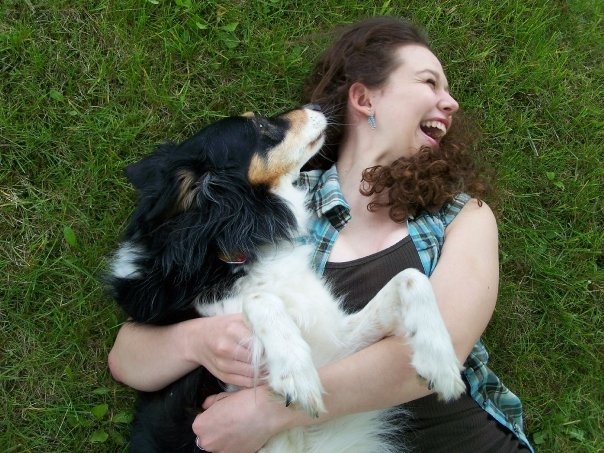Welcome to PetsCareTips.com – Your Trusted Pet Care Guide

Caring for your pets doesn’t have to be confusing. Whether you’re a new dog owner or a lifelong animal lover, we’re here to help. At PetsCareTips.com, we share easy, reliable, and real-life pet care tips so you can keep your furry friends healthy and happy every single day.
🐾 Helping You Take Better Care of Your Pets
We understand that pets are not just animals — they’re family. That’s why we offer practical dog care tips, pet grooming advice, and step-by-step guides for all kinds of pet parents.
Here’s what you’ll find on our website:
How to take care of a dog at home
Best pet care products every owner should know about
Simple grooming tips to keep your pets clean and comfortable
Health and safety advice for long, happy lives
Solutions for common pet problems like shedding, biting, or boredom
🛍️ Find the Best Pet Products – Without the Guesswork
Choosing the right food, toys, or grooming supplies can be overwhelming.
That’s why we handpick and review trusted pet care products so you can shop smart and stress-free.
From shampoos and brushes to dog treats and leashes — we’ve got you covered.
✍️ Read the Latest Pet Care Articles
Our blog is full of fresh, helpful content made just for you:
Daily pet care routines
Training tips for puppies
Seasonal care guides
Natural remedies and wellness ideas
👉 Start exploring the Blog and become a more confident pet parent today.
📬 Got a Question? Let’s Talk!
We love hearing from fellow pet lovers.
Visit our Contact Us page and send us your questions, feedback, or even a cute pet photo!
Thanks for visiting PetsCareTips.com —
Your journey to a healthy, happy pet starts here.
